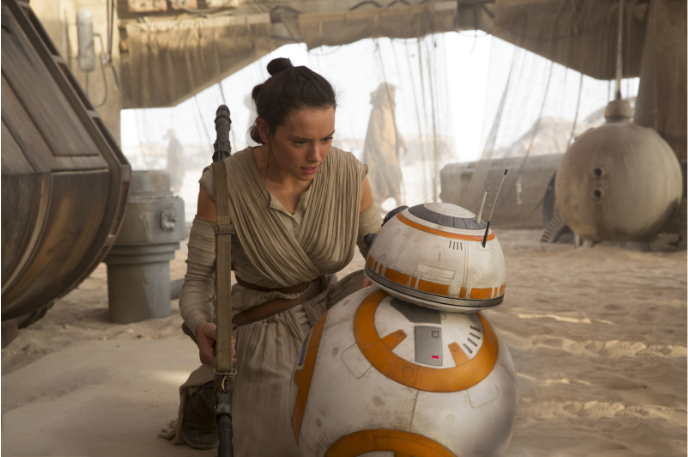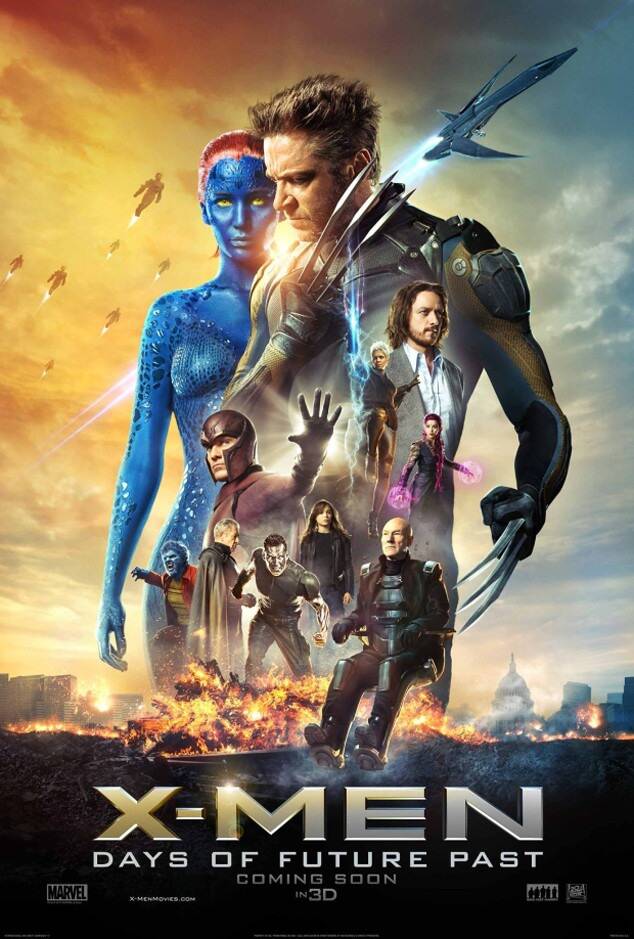KNOWLEDGE AND TECHNOLOGY
WHAT ROLE DOES IMAGINATION PLAY IN PRODUCING KNOWLEDGE ABOUT THE WORLD? IMAGINATION PRODUCES KNOWLEDGE

Rey & BB8: Scene from Star Wars Episode VII: The Force Awakens
This object illustrates the relationship of Rey & BB8 in the Star Wars™ movie The Force Awakens which is Episode VII. What does this object tell us about the role of imagination in producing knowledge? Well it can be said that things produced from our imagination are based off of things that we see in real life. We see a need and multiple real life objects that we combine to create something nonexistent in our world, but satisfies our need. In this case the relationship of BB8 and Rey shows us that his role is to be a pet-like companion. Parallel to reality, BB8 could be the combination of a dog and artificial intelligence to create the perfect companion for Rey. He could be a better companion because BB8 is a droid that has superior intelligence than say a dog, since he can be programmed to know anything. Additionally, because he is a droid then he does not have the “fragility” of living things. For example BB8 could be shot with a laser and nothing would happen which is why he is Rey’s ideal companion since she is constantly getting in trouble. He also doesn’t give anyone allergies, due to his lack of hair, and does not require food or water. Overall, BB8 is a combination of the need of something combined with real things to make up an imaginary being. How imaginary is BB8 though? BB8 has been recreated by Disney and many fans so now there are real life versions of BB8 due to our technological advancements with batteries and artificial intelligence. So we can say that because George Lucas, the writer/producer/director of the Star Wars™ movies, imagined a robot like BB8 it encouraged fans to explore different ways that fictional characters could become reality, essentially producing knowledge.

